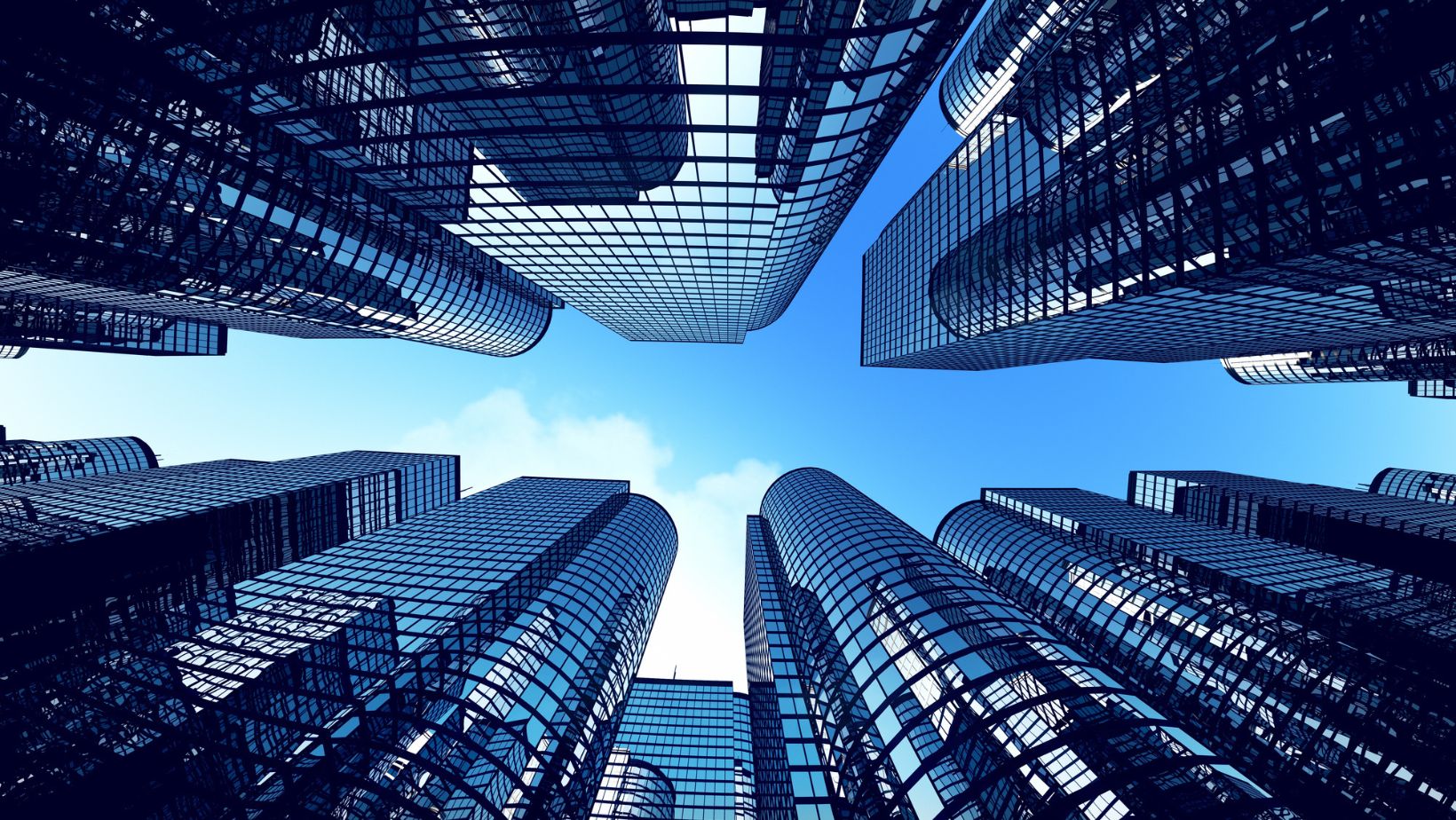On September 3rd, we celebrate Skyscraper Day, a tribute to the awe-inspiring structures that have reshaped our cities and captured our imaginations. These towering giants of steel, glass, and concrete stand as testaments to human ingenuity, engineering prowess, and the unrelenting desire to reach for the stars. From the early days of the modern skyscraper in the late 19th century to the breathtaking supertall structures of today, these architectural marvels have become symbols of progress, power, and the indomitable spirit of our urban landscapes.
History of Skyscraper Day
The origins of Skyscraper Day are rooted in the history of the modern skyscraper itself. The date, September 3rd, was chosen to commemorate the birthday of Louis H. Sullivan, an American architect often referred to as the “father of skyscrapers.” Sullivan’s innovative designs and philosophy of “form follows function” laid the groundwork for the development of the modern skyscraper and influenced generations of architects to come.
The first modern skyscraper, the Home Insurance Building in Chicago, was completed in 1885. Standing at a modest 10 stories tall, it marked a significant departure from the traditional masonry buildings of the time and paved the way for the vertical growth of cities around the world. As new technologies and engineering techniques emerged, skyscrapers began to soar to ever-greater heights, transforming the skylines of major cities and becoming iconic symbols of progress and modernity.
Today, Skyscraper Day serves as an opportunity to celebrate these remarkable structures, recognize the visionaries and innovators who make them possible, and contemplate the future of our ever-evolving urban landscapes.
Ideas to celebrate Skyscraper Day
There are many ways to celebrate Skyscraper Day and pay homage to these incredible feats of architecture and engineering. Here are a few ideas to get you started:
- Take a skyscraper tour: Many cities offer guided tours of their most iconic skyscrapers, providing a unique opportunity to learn about their history, design, and significance. Take advantage of these tours to gain a deeper appreciation for the structures that define our urban landscapes.
- Visit an observation deck: Skyscrapers often feature observation decks that offer breathtaking views of the city below. On Skyscraper Day, treat yourself to a visit to one of these lofty perches and marvel at the stunning vistas that unfold before you.
- Attend a lecture or exhibition: Museums, universities, and architectural organizations often host special events, lectures, or exhibitions on Skyscraper Day. These events provide a chance to learn more about the history, design, and future of skyscrapers from experts in the field.
- Capture the beauty of skyscrapers: Whether you’re an amateur photographer or a seasoned professional, Skyscraper Day is the perfect opportunity to capture the stunning beauty of these architectural giants. Take a walk through your city’s downtown area and photograph the skyscrapers from unique angles and perspectives.
- Share your appreciation on social media: Spread the word about Skyscraper Day by sharing photos, stories, and interesting facts about your favorite skyscrapers on social media. Use the hashtag #SkyscraperDay to connect with other enthusiasts and celebrate these remarkable structures together.
The future of skyscrapers
As we celebrate Skyscraper Day, it’s impossible not to contemplate the future of these towering structures. With advances in technology, materials, and sustainable design, the skyscrapers of tomorrow promise to be even more impressive, efficient, and environmentally friendly than those of today.
One of the most exciting developments in skyscraper design is the emergence of “green” skyscrapers, which incorporate features such as vertical gardens, renewable energy systems, and smart technology to reduce their environmental impact and create healthier, more livable spaces for their occupants. These eco-friendly giants not only help to mitigate the effects of climate change but also serve as models for sustainable urban development.
Another trend in skyscraper design is the creation of mixed-use structures that combine residential, commercial, and public spaces within a single building. These “vertical cities” offer a glimpse into a future where our urban landscapes are more integrated, efficient, and socially cohesive, with skyscrapers serving as the backbone of vibrant, thriving communities.
Skyscrapers as symbols of human achievement
At their core, skyscrapers are more than just buildings; they are symbols of human achievement, creativity, and the desire to push the boundaries of what is possible. From the moment the first modern skyscraper pierced the sky, these structures have captured our collective imagination and inspired us to dream bigger, reach higher, and embrace the challenges of an ever-changing world.
As we celebrate Skyscraper Day, let us take a moment to appreciate the incredible feats of engineering and design that these structures represent. Let us also recognize the countless individuals – architects, engineers, construction workers, and visionaries – who have made these marvels possible and continue to shape the future of our cities.
In a world that is constantly evolving, skyscrapers stand as enduring reminders of our capacity for innovation, perseverance, and the pursuit of excellence. They are the physical embodiment of our highest aspirations and a testament to the indomitable spirit of the human race.
On this Skyscraper Day, let us celebrate these magnificent structures and the limitless potential they represent, as we continue to reach for the stars and build a brighter, more awe-inspiring future.
